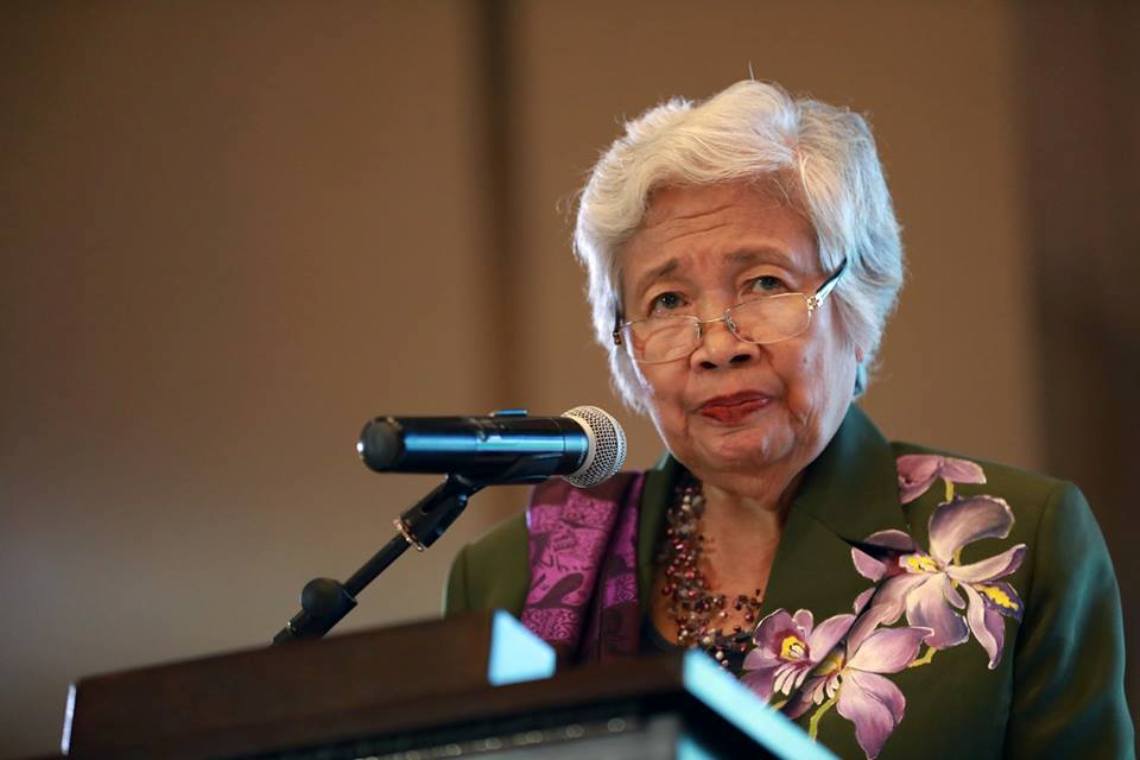A decade-long struggle to replenish Afghan gold and copper mining in the mountains of Afghanistan will meet a disappointing end on Tuesday when the stakeholders in the now-bankrupt venture meet virtually to discuss the terms.
Centar Ltd, a company that engaged in Afghan gold exploration and mining activities, was the brainchild of the former investment banker and mining trader from JP Morgan, Ian Hannam. With an envisioned support and approval from the government of Afghanistan, an unrewarding expedition was embarked to develop sizable gold and copper deposits in the region.
Today, a project with over $30 million worth capital injection made in the past few years, is facing an untimely end. Tons of Centar’s heavy-duty drilling and mining machines dragged to the mountainsides of north-east Afghanistan with the help of a considerable taskforce, and collaborative efforts are now in the custody of the fundamentalist religious group, Taliban.
Leveraging Afghan gold mining for a free America
However, Centar’s original vision was not doomed to fail right from the start. Hannam, an ardent investment banker but a mining dealmaker at heart, realized very early the only way to free America from the clutches of Afghan gold mining bureaucracy. He persuaded SAS to cash in on natural resources and raise the living standards.
He even convinced the former operational regiment’s commanding officer, Lt Colonel Richard Williams, to be on his team and lead the initiative as Centar’s chief executive. William’s whatever-it-takes attitude, together with Hannam’s spotless track record as a financial advisor and an exceptional knowledge of the Aghan gold mining industry, made a formidable team.
At that time, Afghanistan had trillions of dollars worth iron ore, gold, and copper fields. This lucrative opportunity then caught the attention of the Polish billionaire entrepreneur, Jan Kulczyk. Named as the wealthiest Pole in 2015, Kulczyk bought 25 percent ownership of Centar and became its chairman.
Unfortunately, the lack of political stability in Afghanistan and America’s constant change of heart cost the company its much-needed Afghan gold mining license. Even though the firm continued with test drilling, it soon ran out of dough.
The last nail in the coffin
Worse still, its primary funding source, Kulczyk, died in 2015, and Williams abandoned the firm for more lucrative opportunities elsewhere, leaving Hannam and his beloved project Centar in the lurch.
In October 2018, the high-profile Centar initiative did manage to spot a light at the end of a dark tunnel when the American government, under Trump’s leadership, managed to bring Centar two approvals – one for Afghan gold and other for copper. However, in reality, the delinquency and immorality in Afghan politics were much more deep-rooted than he anticipated.
Sensing the government’s reluctance to support his Afghan gold mining entrepreneurial venture, Hannam finally decided to surrender and stated in his exit strategy that violence and instability in Afghanistan triumphed over peace and permanence, yet again.
Although Centar was a result of a visionary idea with a strong financial backing, it lacked an underlying sense of the complete supply chain visibility. Its inability to track the weakest link in the supply chain, the knowledge of the actual consumer demand, and the market it set out to dominate eventually put its business at risk.
There were high hopes for the Hannam Afghan gold mining venture, but it fell flat on its face because the framework was faulty despite a lot of money thrown into it.
How blockchain revolutionizes supply chain
The supply chain has become the backbone of global service operations today. Managing today’s supply chains is extraordinarily complex, and this is where blockchain technology can help.
The ability to record every single transaction in the form of a block and store multiple copies of the ledger across millions of nodes makes it spectacularly impressive, secure, and transparent.
Supply through the blockchain is unlimited because all manipulation is prevented. A recent report published by the French multinational technology company, Capgemini, reveals that blockchain can help organizations tackle new-age supply chain issues and positively impact almost every aspect of the process, from manufacturing to warehouse storing, to delivery and payments.
This emerging technology maintains a verifiable and immutable track of all transactions and offers all stakeholders a real-time insight into the supply chain process. Given the decentralized nature, it is essentially the single shared source of truth for all parties in a supply chain.
Blockchain can create peace because dissenting parties are driven by the common purpose of a better life. Particularly, education for all through the universal blockchain system can give hope even to factions advocating violence as the way to a better life.
A trustless system is trustworthy because of its decentralized nature. A country’s resources could be put to good use as Afghan gold if all parties can have a universal system free from central control. There will come a time when violence-inclined factions can be made aware of the common universal goals of peace and progress.
Blockchain could have revived Centar’s sunken ship
Similarly, Hannam’s enterprising take on leveraging Afghan gold and copper mining was progressive for his time; however, it was out of touch with reality. It had numerous stakeholders in the picture, such as Afghanistan’s Ministry of Mines, government entities, the US government, and a large number of construction and infrastructure development workers and investors.
From a broader perspective, the now-defunct Afghan gold mining initiative did not have the connectivity needed to prosper. And as Mitch Rankin, co-founder of English Forward News quotes,
“The connection allows energy to flow among people to act as one when they want someone to feel seen, heard, and valued. The longer the separation lasts, the greater the level of injury to all ages”.







